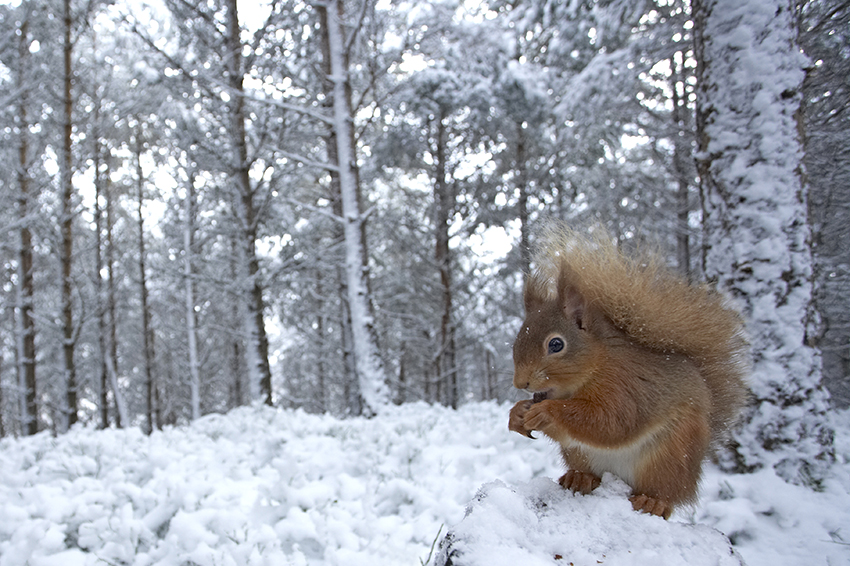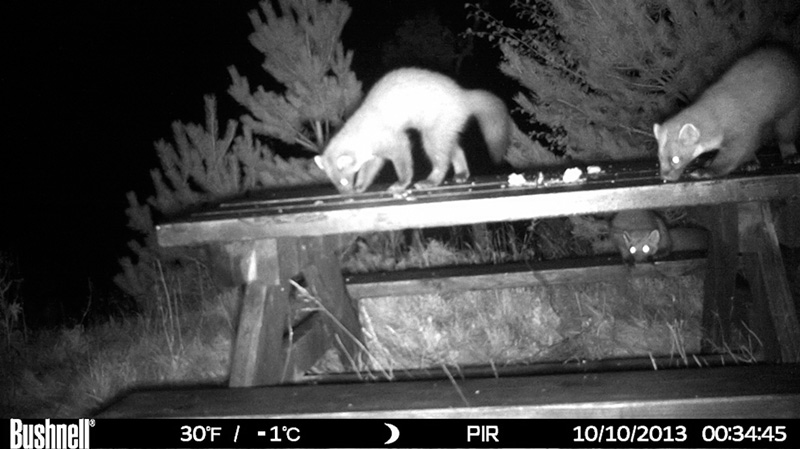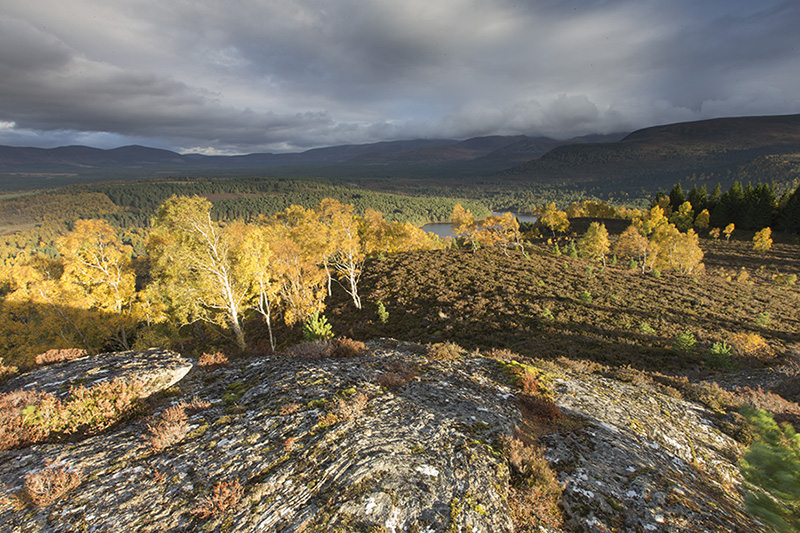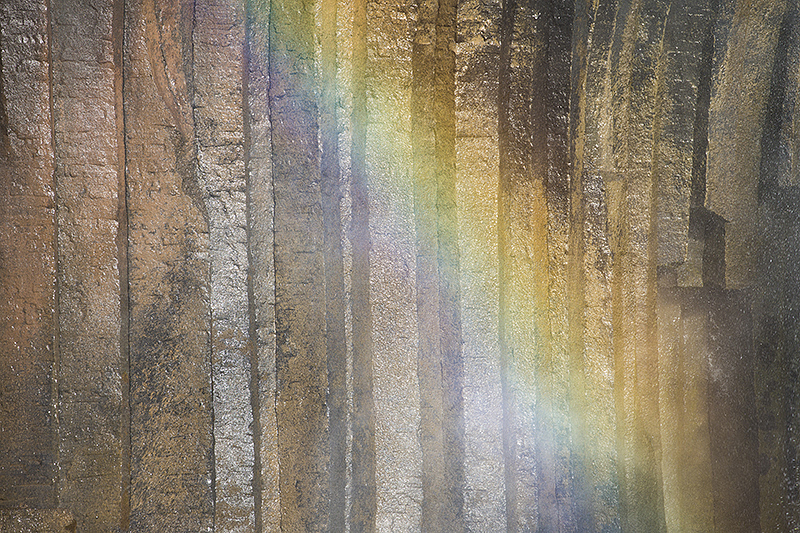The Arctic can be a cruel mistress. Fog, wind, rain, snow, rough seas and rough stomachs can all conspire against you and bring into question the wisdom of spending time (and money) in this hostile wilderness. Of course it can also deliver great rewards and that’s the deal – sit out the bad stuff and the good stuff will happen. And so it was with our recent photo tour to Svalbard. Lots of waiting around in the frontier town of Longyearbyen was followed by lots of waiting around on our way to the pack ice and our primary prey, the polar bear. Whether its climate change or just seasonal fluctuations, year on year that journey to the ice gets longer as it drifts ever further north. Fortunately for our patient and good-humoured group, the ice quickly delivered some good stuff and within an hour we had our first shots of the world’s largest land predator. We stayed up all night and before breakfast enjoyed a second bear encounter – this time from the low level perspective of a zodiac. But as I say, the Arctic is fickle and following a euphoric if not weary breakfast, our luck changed and bad weather forced us back south.



A wonderfully peaceful overnight amongst the sanctuary of the Seven Islands and a couple of walrus shoots later, we were on our way back north for a second bite at the polar bear cherry. With an even longer trek thanks to the southerly winds, I must admit I was desperate to pick up a bear on the desert of ice, which stretched, to the horizon. After a few hours we spotted a distant bear and were delighted to see it heading straight for us. 20 minutes later we had the boat wedged into the ice and a healthy female polar bear heading our way. She eventually baulked at coming onto the boat but was close enough to stare into her deep black eyes and allow the use of a wide-angle lens. We stayed with her for over 12 hours allowing her to sleep in a nearby snowdrift, before moving on.



A dawn shoot and zodiac cruise at one of the most spectacular seabird cliffs in the world was followed by a hearty breakfast and we moved on towards Liefdefjorden via an obliging pod of humpback whales. Entering the fjord the sea was settled and the sun caressed our trusty vessel, M/S Origo. Our zodiac cruise after dinner was pleasant but uneventful and on our return, the skipper advised us of an advancing front and the need to up anchor and head for calmer seas. Dawn brought frustration and an abortive landing on Fuglesongen, home of the little auk. Heading south was a laborious and bumpy ride with most of our guests catching up on sleep and avoiding the first real bad weather of the trip. Evening brought relief in the spectacular St Jonsfjorden and a polar bear sleeping on a distant glacier sadly beyond the reach of our lenses.




Dodging the rough seas we found ourselves at a well-visited (for Svalbard) site for arctic fox and eventually found a pair sleeping amongst the rocks. Foxes being foxes they soon perked up and treated us to a short show of hide and seek amongst the glacial boulders in which they make their home.



Sun-kissed blue and fin whales in great light, along with Svalbard reindeer and diving arctic skuas, all found their way onto our trip list. For me though, this tour was all about light and I found myself photographing it…a lot! No subject, just drama. I love drama.


This was our last Svalbard cruise for the foreseeable future and so it was a reflective farewell to this part of the planet, a place that has delivered high adventure over the years, a place that stays with you. Anyone who has ever visited the arctic will know what I mean.

Thanks to the tightly knit band of photographers who made the tour such a pleasure, thanks to our excellent bear guide Katja Riedel and thanks too to the crew of Origo – you’re the best guys!


And yes, yes…thanks to Amanda (my wife) for accompanying me (read blagging a place) and helping out with chocolate and bear spotting.
 Amanda, it’s not a bear, it’s just another white rock!
Amanda, it’s not a bear, it’s just another white rock!









































